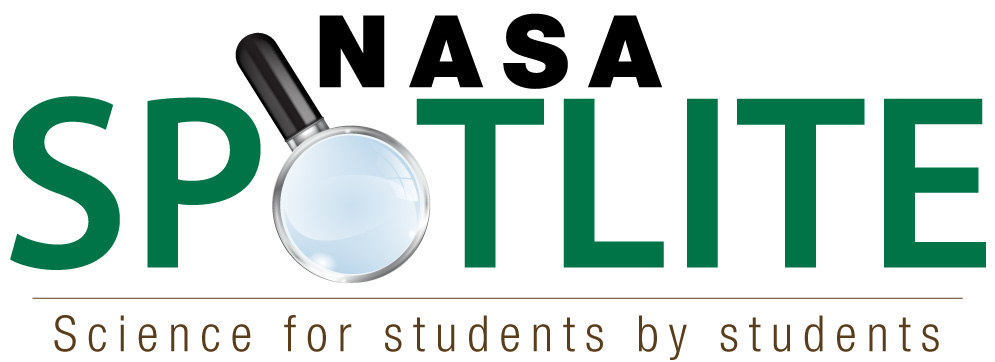



Spotlite Design Challenge:
Cloud Detectives
Developed in Collaboration with NASA Earth Science Education Collaborative
Register your learner production teams to receive a Spotlite Design Challenge starter kit with certificates and badges.


Identify the problem: As NASA Cloud Detectives, you are challenged to gather and share evidence to confront misconceptions about clouds.
Follow these steps to think and act like scientists as you dig through data and experiment to support a claim that confronts a misconception.
- Select the MISCONCEPTION you will investigate. Then create a CLAIM to refute or disprove that misconception. Examples are provided.
-
Do your own RESEARCH by conducting investigations to gather data and collect evidence to support your claim.
CLAIM EXAMPLE: Not all clouds produce rain.Demonstration and Experimentation Ideas
Observe and record data about clouds. You can do this through GLOBE by using the GLOBE Observer app or using data collection sheets.
-
GLOBE Observer app
*Adults should supervise the use of the app by learners under the age of 13 - Data Collection Sheets
Science Information Links- GLOBE Cloud Science
- Our World: Cloud Inspection
- Our World: Cool Clouds
- NASA Science Visualization Studio (SVS) 2017 Monsoon Data
- NASA SVS 2017 Hurricane Tracks Showing Clouds and Precipitation
*Ask learners to explore the visualizations to see if this EVIDENCE supports the CLAIM that "not all clouds produce rain."CLAIM EXAMPLE: There are four types of solar eclipses: total partial, hybrid, and annular. The Moon’s elliptical orbit determines the type of solar eclipse.Demonstration and Experimentation IdeasScience Information Links -
GLOBE Observer app

 Recent tweets from NASA eClips
Recent tweets from NASA eClips

